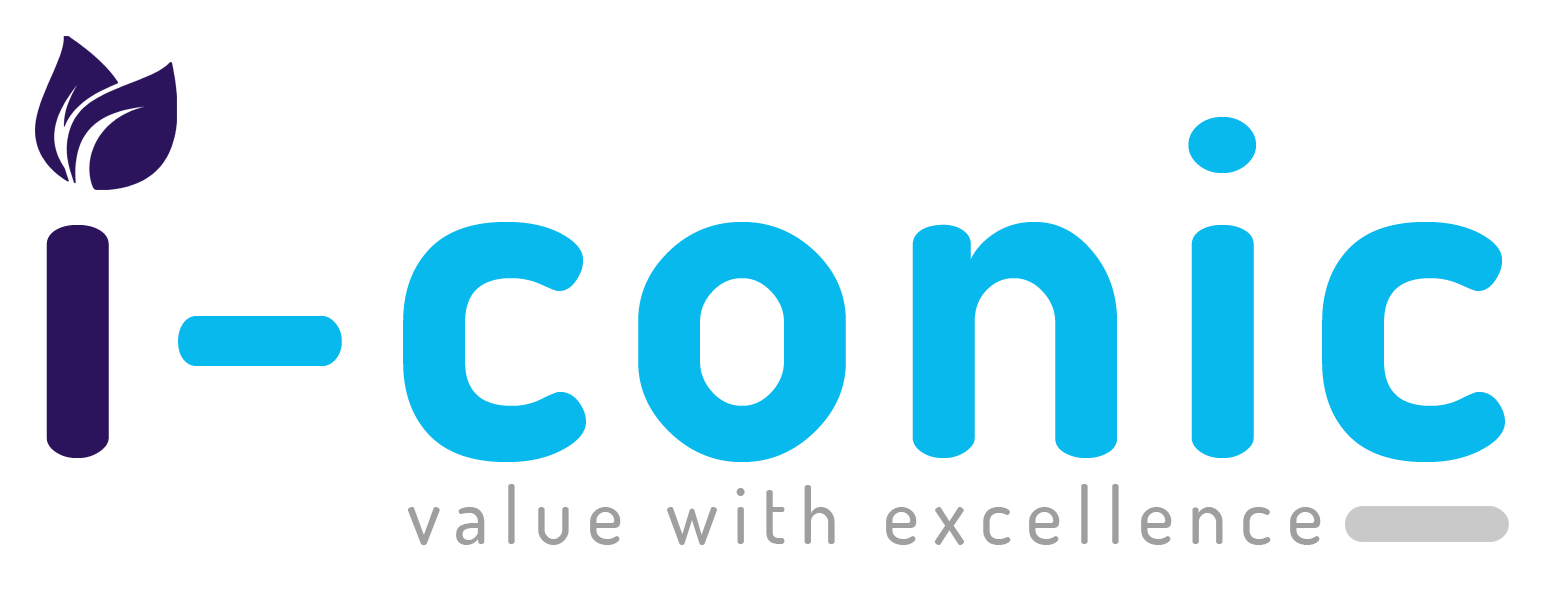Joint surgeries and injections are vital procedures for diagnosing, treating, and managing numerous musculoskeletal and inflammatory conditions. Injections may involve aspirating synovial fluid (arthrocentesis) or administering medications, such as corticosteroids or hyaluronic acid, to alleviate pain or inflammation. Furthermore, surgeries are performed to repair, reconstruct, or replace injured joints.
Accurate Orthopedic Coding for these procedures is crucial for ensuring proper reimbursement, minimizing denials, and effectively reflecting the complexity of services rendered. Consequently, every orthopedic billing and coding team must possess thorough knowledge of procedural codes, modifiers, and payer-specific guidelines to document and bill these services accurately.
Let’s delve deeply into the Orthopedic Coding guidelines for joint injections and surgeries.
Joint Procedures Billing and Coding Guidelines
Whether performed for therapeutic relief or diagnostic clarity, joint procedures necessitate precise Orthopedic Coding to guarantee that providers receive full reimbursement and claims are approved without delay. The following are the essential guidelines for joint procedures:
CPT Codes
Joint aspiration or injection procedures are coded using CPT codes ranging from 20600 to 20611. These codes are determined by the size of the joint and whether ultrasound guidance is utilized:
- 20600: Small joint or bursa without ultrasound guidance (e.g., toes or fingers)
- 20604: Small joint or bursa with ultrasound guidance
- 20605: Intermediate joint or bursa without ultrasound guidance (e.g., ankle, elbow, or wrist)
- 20606: Intermediate joint or bursa with ultrasound guidance
- 20610: Major joint or bursa without ultrasound guidance (e.g., hip, shoulder, or knee)
- 20611: Major joint or bursa with ultrasound guidance
CPT codes for joint surgeries vary significantly based on the specific joint and the surgical procedure (e.g., arthroscopy, joint replacement). These codes must be selected based on detailed surgical documentation and directly referenced from the CPT manual. A clear understanding of the global surgical package is also vital, as many procedures encompass pre-operative, intra-operative, and post-operative care.
Medication Coding (HCPCS)
When medications such as corticosteroids or hyaluronic acid are administered during joint injections, they should be reported separately using HCPCS Level II codes:
- J3301: Injection, triamcinolone acetonide, 10 mg
- J1030: Methylprednisolone acetate, 40 mg
- J7321–J7328: Codes for various hyaluronic acid-based products
The exact dosage administered must be documented, and the number of units billed should correspond to the quantity provided. Always verify payer-specific guidelines to confirm allowable medications and whether their cost is separately reimbursable.
Imaging Guidance: Additional Codes for Orthopedic Coding
When joint injections or aspirations are performed with guidance other than ultrasound, separate imaging guidance codes must be reported:
- +77002: Fluoroscopic guidance for needle placement
- 77012: CT guidance for needle placement
- 77021: MRI guidance for needle placement
These imaging codes should only be reported if they are not already bundled into the primary joint injection or surgery code. Comprehensive documentation must clearly indicate the type of guidance used and include image capture and reporting.
Modifier Usage
Modifiers are critical for accurate Orthopedic Coding of joint injections and surgeries. Commonly used modifiers include:
- LT/ RT: To specify the right or left side where the procedure was performed.
- 50: For bilateral procedures, such as on both knees.
- 59: Denotes a distinct procedural service (e.g., the same CPT code applied to different joints).
- 25: For a significantly identifiable Evaluation and Management (E/M) service performed on the same day as the procedure.
- 51: Indicates multiple procedures performed during the same session.
- GC or AS: Used when services are provided by residents or physician assistants (if applicable).
Modifiers help differentiate procedures that might otherwise be bundled, specify laterality, and ensure clarity when multiple services are performed. Their accurate application prevents denials and supports the medical necessity of each billed service.
Important Billing Tips for Joint Procedures
- Bill One Unit per Joint: Use only one unit of the code (20600–20611) for each joint treated, even if multiple injections or aspirations are performed within that same joint.
- Use Separate Codes for Different Joints: If injections are administered to different joints, bill each separately with its own code and apply the correct modifier, such as RT, LT, or 59.
- Report Medication with J Codes: When medications like cortisone or hyaluronic acid are used, ensure the correct J code (e.g., J3301) is added with the precise dose and quantity.
- Bill Imaging Guidance Separately if Needed: If CT, fluoroscopy, or MRI guidance is utilized and not already included in the main procedure code, bill it separately using appropriate imaging codes like 77002 or 77012.
- Follow Global Surgery Rules: Some surgeries include pre- and post-operative care. Avoid billing for those visits separately unless they address a distinct problem.
- Save and Record Ultrasound Images: If ultrasound guidance is used (codes 20604, 20606, 20611), ensure images are saved and a report is generated, as required for Orthopedic Coding and billing.
Additional Billing Tip: Outsourcing Medical Billing Services
Orthopedic practices frequently manage intricate procedures and strict Orthopedic Coding regulations, especially for joint injections and surgeries. Outsourcing orthopedic billing and coding services for joint procedures to I-conic Solutions services ensures each claim is accurate, compliant, and submitted timely manner. This strategy significantly reduces denials and delays, thereby maximizing healthcare reimbursement.
Beyond enhancing accuracy and revenue, I-conic Solutions Medical Billing Services delivers customized solutions to meet the unique requirements of every orthopedic practice. Whether you conduct joint injections, aspirations, or complex surgeries, your coders remain current on the latest CPT, ICD-10, and HCPCS coding changes to comply with payer regulations and Medicare requirements. Their services also encompass real-time reporting, denial management, and personalized support to help you monitor financial performance and stay updated.






